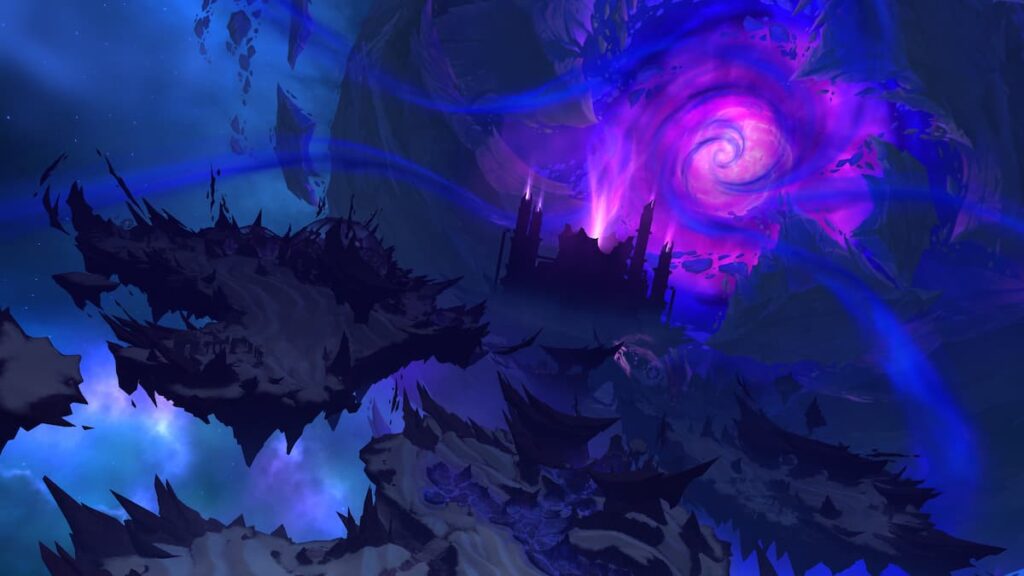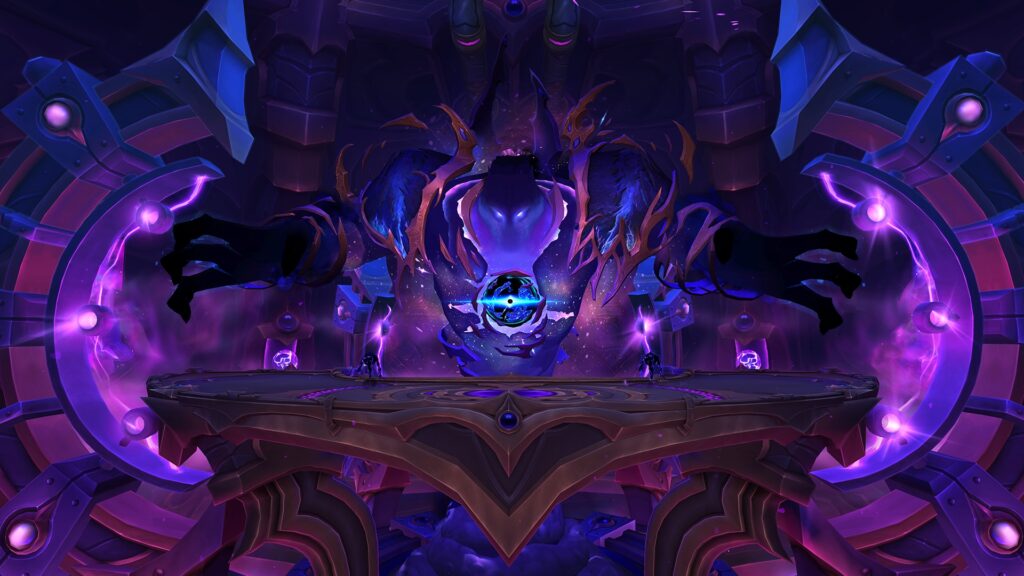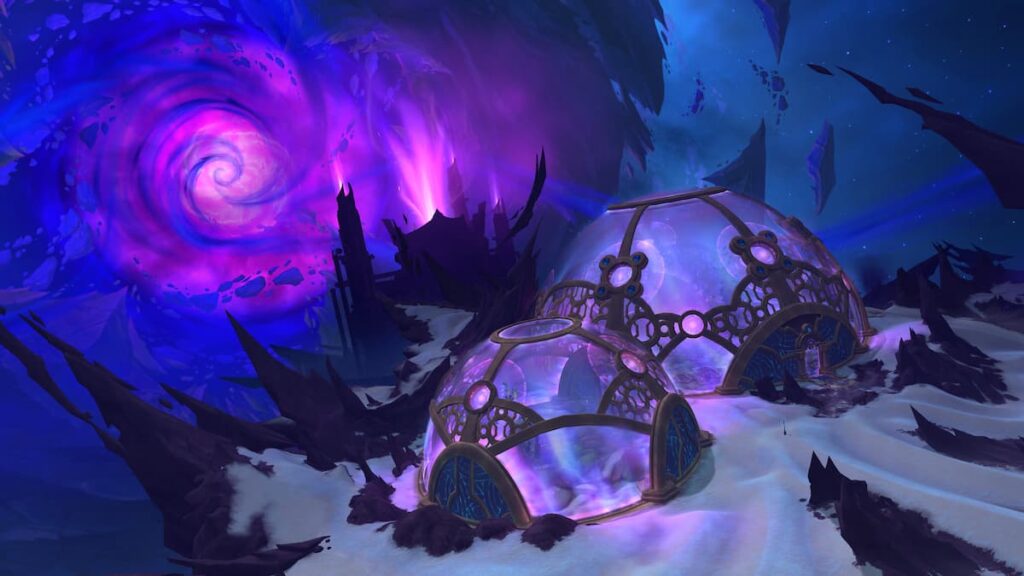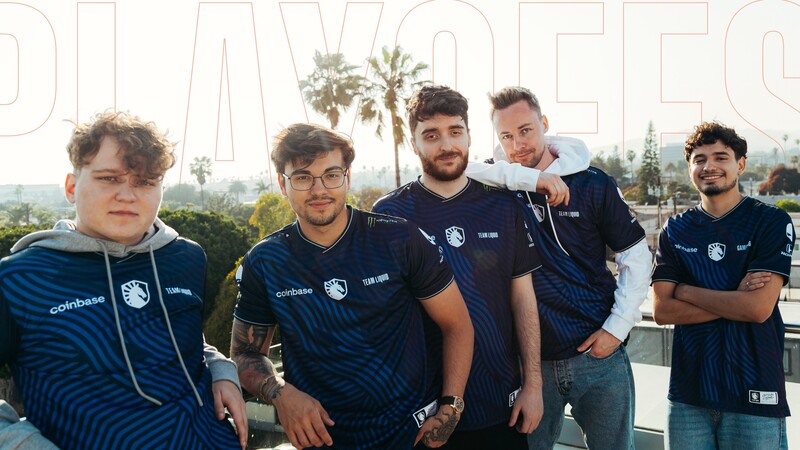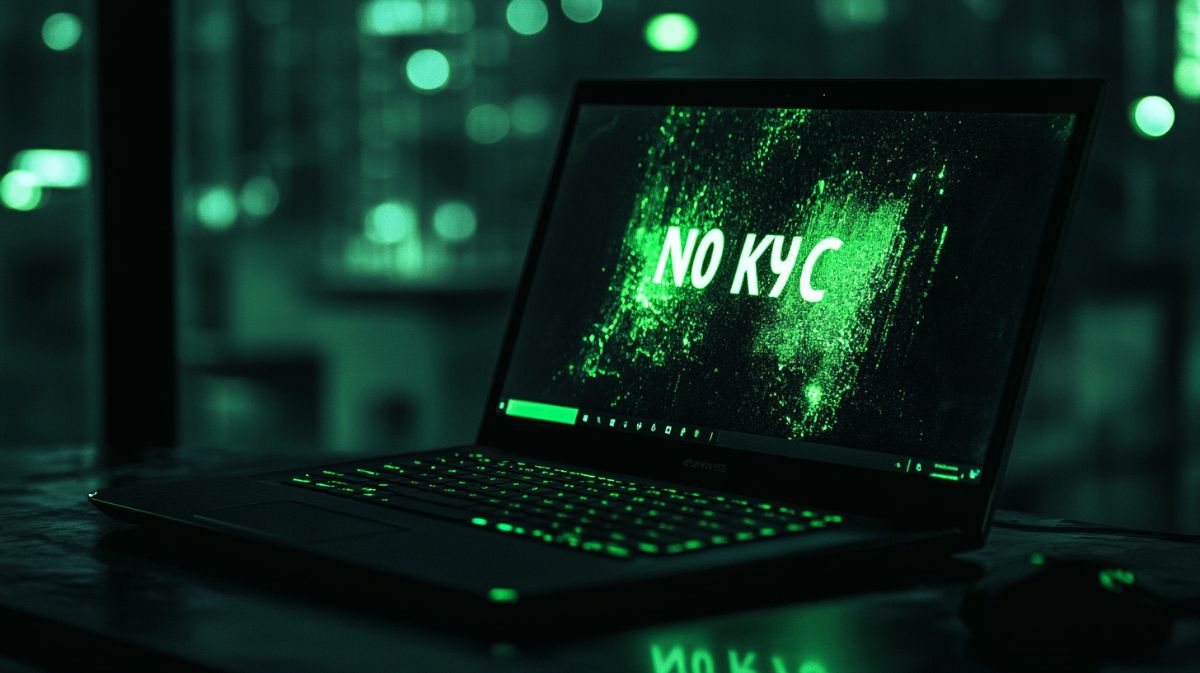What is DoT World of Warcraft? – Everything You Need To Know
World of Warcraft is one of the most popular MMORPGs today. It was released in 2004, and with close to 20 years of experience, the game has changed quite a lot to accommodate its players and provide new and exciting content. We’ve seen many interesting updates throughout the change, but one thing that has not changed in almost every class is DoTs. What is DoT World of Warcraft, and why is it important? The history of DoTs is actually much longer than WoW, but this MMORPG does have a special relationship with them. This article will cover everything you need to know about the history of DoTs and their relations to the World of Warcraft.
What is DoT World of Warcraft?
DoT stands for Damage over Time. Instead of dealing damage all at once, DoT refers to the abilities cast upon enemies that do damage at regular intervals over a certain time period. In World of Warcraft, we often refer to DoTs as “periodic damage.” Many of these abilities will cause bleeding wounds, curses, burns, or poisons, and each burst of damage is referred to as a ‘tick.’
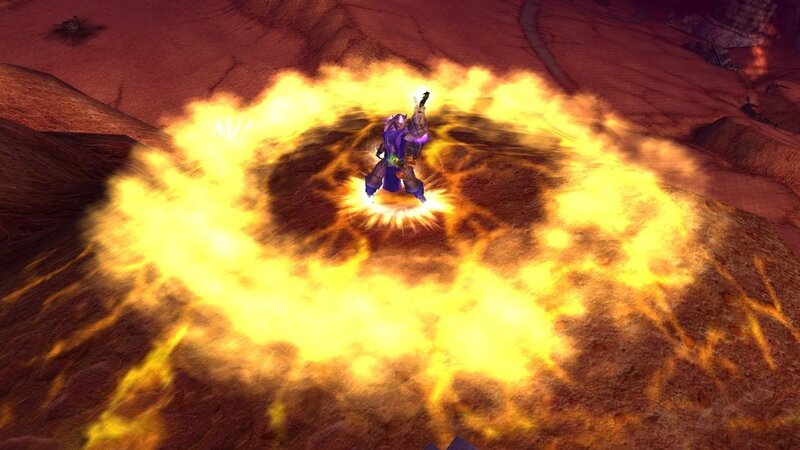
@ Wowhead
Usually, each tick will do the same amount of damage, but there are instances where damage increases per tick. This means that with some attacks, your last tick might cause double the damage than your first one. You can speed up these ticks by building Haste, which will cause more damage overall, and if you build enough of it, more ticks will fit into the duration of your ability. DoT abilities will interrupt CC (crowd control) abilities, as well as tasks such as healing, crafting, and fishing. But, before you start healing yourself, you should try and dispel DoT with certain items.
Although normally, DoT will refer to periodically damaging debuffs in WoW, drowning, damaging areas, or channeling abilities that cause damage multiple times can also be considered DoTs. In most cases, DoT effects will deal more damage than their Direct Damage counterparts but will eventually spread out.
HoT and DoT work the in the exact same way, but they are complete opposites. HoT stands for Healing over Time, and most healing specializations in WoW have access to at least one HoT. The king of HoTs is definitely the Restoration Druit, with Restoration Shamans and Discipline Priests being close behind. Warlocks and Hunters also have HoTs for their pets, with Warlocks having a DoT and HoT hybrid form of Drain Life that causes DoT to their targets while healing themselves.
How do DoTs Work?
Considering that DoT and HoT have been in the game since its launch, you’ve definitely crossed paths with these mechanics either in-game or in WoW esports. Now that you understand what is DoT World of Warcraft, here is how it actually functions in games.
Anatomy of a Periodic Effect
- Duration – How long will the effect last on your target.
- Interval – How often does the effect tick on your target. Each tick will cause damage or healing.
- Refresh – Is a term used when talking about casting the effect on your target before the previous effect wears off.
- Uptime – The % of a fight / encounter / the lifespan of a mob where a periodic effect is present
Simply put, you cast your spell, and the effect is applied to your target for X seconds. It will tick once every Y seconds for a certain time period. One thing that always seems to confuse new players is the idea of a refresh. This raises a lot of questions. For example:
What will happen if you try to refresh DoT that lasts 15 seconds 5 seconds later?
With 30% haste, will the DoT duration be decreased by 30%, or does the interval get decreased by 30%?
What happens with the leftover time at the end?
DoTs are actually quite easy to understand if you’ve never had the refresh option. Most of its complexity comes from refreshing because not all DoTs and Hots are coded in the same way.
Refresh Types
Once you’ve got the answer to the question “What is DoT World of Warcraft” it is time to learn about refresh types and how this works. There are three different ways that DoT and HoT can be refreshed when reapplied. It can use the Legacy rule, the 30% rule, or it can restart. All of these rules also apply in all the major WoW tournaments.
- Restart – is a refresh type, which means that the effect will not actually refresh. When you cast on a target that already has the effect, that effect will remove the old effect and replace it with the new one.
- Legacy – is how the periodic effects used to work in vanilla, hence the name “Legacy.” After casting on a target that already has the effect on them, the tick that is scheduled next will occur as expected. The duration of the new effect is added after the tick that is scheduled next.
- 30% rule – is also referred to as Pandemic, and this refresh is how most periodic effects function currently. After a periodic effect is cast on a target with the effect on them already, the lesser of 30% of the base duration of the effect or the remaining duration of the effect will be retained and added to the base duration of that effect.
- Extend – there is also the extend refresh, which will simply extend the DoT by the new duration.
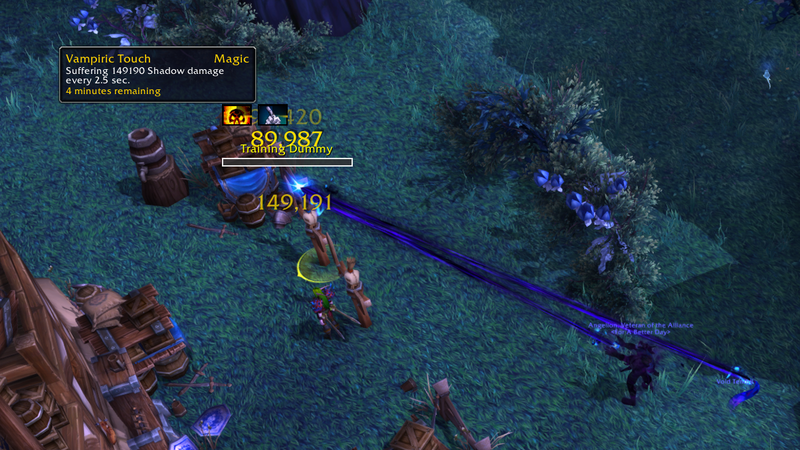
Which WoW Classes use DoTs?
The World of Warcraft has many interesting WoW classes that rely on DoTs. For example, the Shadow Priests and Affliction Warlocks are the ones that heavily rely on DoTs. Shadow Priests use abilities such as Vampiric Touch, Mind Flay, and Shadow Word Pain in order to tear their enemy’s mind apart. The Affliction Warlocks use debilitating curses and hexes, like Corruption, Agony, and Unstable Affliction, which drain their enemy’s life force. That said, every class in the World of Warcraft will have access to some form of the DoT effect:
- Death Knights use Death and Decay.
- Unholy Knights inflict diseases and Festering Wounds on their enemies.
- Demon Hunters deal periodic damage to nearby enemies with Immolation Aura and can channel Eye Beam to destroy enemies.
- Feral Druids can bleed enemies with abilities such as Rip.
- Balance Druids can burn enemies with Stellar Flare and Moonfire.
- Hunters have several abilities that bleed, burn, and poison enemies.
- Fire Mages deal high Direct Damage, but most of their spells will cause burning effects with low damage, such as Conflagration, or they’ll leave fiery areas on the ground.
- Paladins use Consecration, which causes damage over time to enemies in certain areas.
- Monks have a couple of damage over time options, but the majority will use challenged AoE attacks.
- Certain Shaman abilities, such as Flame Shock, will inflict burns, while totems like Liquid Magma can be seen as DoTs.
- Rogues cause bleeding effects with abilities like Garrote, while the Assassination specialization will get venomous Deadly Poison.
- Warriors cause bleeding DoTs with Deep Wounds and Rend.
Keep in mind that knowing when not to use DoTs is just as important as knowing when and how to manage them for maximum damage. DoTs can easily disrupt the CC effects. The raid boss debuff limit on the Classic platform implies that some debuffs are seen as a priority over the less powerful DoTs. It goes without saying that understanding DoTs and HoTs is critical for all new players, and the best way to learn more about them is to practice in-game.
Read Also: WoW Old Gods
